|
One of the first things to do, as soon as the rehearsal's started, was to make everybody understand that I didn't want to do yet another Boheme where the character's behave in a cartoonish way... For that, I needed to fill in their heads with some "Munchian/Strindberghian" mood... So off we went to visit the Tilska gallery and then Strindberg's house (where I took the picture in the previous post). |
The Bohemians Return to Stockholm


|
“A roaring success…” – Financial Times
|
|
|
“Imaginative, with good humor and a lot of charm….” SvD
|
|
|
|
|

|
La Bohème, Sweden: “World-famous tenor José Cura has always been concerned with the entire musical performance and going beyond his role as a singer. He began directing opera productions in 2008 and in 2012 received the offer to do La bohème on the national stage. […] Puccini went straight into the action without an Overture; in this set, Grieg’s tribulation with composing “Morning Mood” at the piano opens the show. Munch’s paintings The Kiss, The Sun, and The Scream are strikingly projected on the back of the stage and offer great interaction with the epic. The work would not be one of opera’s top two or three most produced play unless it also contained an effective drama. La bohème traps the actors in four acts, with short fragments of love, family quarrels, and incurable disease. The work poses questions about what money means in a relationship and when separation is the only way out. The performance is unusually even from the main to the smallest supporting roles [and] has the elements to make it into an honest artistic success.” DT, 26 November 2015
La Bohème, Sweden: “At the piano sits Edvard Grieg and playing his “Morning” and suddenly we are right there, in the middle of the Main Square in Stockholm. When the Royal Opera puts Puccini’s popular opera La bohème among the roofs of the old town, it’s hard not to be seduced by the scenes. The set changes with Munch paintings and with inspiration from both Kristiania bohemerna and August Strindberg’s “Red Room.” The multicompetent director José Cura (set design, costume, make-up, and lighting) has been clever about the story of the soul of the Scandinavian artist who burns his manuscripts to keep the attic warm. The author Rodolfo has been transformed into Strindberg, the composer Schaunard has become Grieg, the philosopher Colline emulates Søren Kierkegaard, the painter Marcello is Edvard Munch and the cabaret singer Musetta is his mistress Tulla Larsen. Only Mimi remains the same as the young woman with the cough and the cold hands. Dramatically everything hangs together ….” Dagens Nyheter, 23 November 2015
La Bohème, Sweden: “…and then to escape from worldly worries for a while in such a strong performance, yes, this is a TERRIFICALLY pleasant experience.” Eskilstuna-kuriren, November 2015
La Bohème, Sweden: “La bohème in Scandinavian is a beautiful version, good looking, touching, and professional.” Kulturbloggen, November 2015
La Bohème, Sweden: “The show is tenor José Cura’s baby. He has done it all: director, set designer, lighting, costumes and make-up. After a walk in the Old Town and a visit to the Strindberg Museum, he decided to place one of operas favorite stories in Scandinavia in an 1800s setting. The four bohemians who freeze in the attic in Paris now frees in the old town and are called Strindberg, Munch, Grieg and Kierkegaard (instead of Rodolfo, Marcello, Schaunard, and Colline). Mimi is the only one who retains her original name and she is created from the angelic creature in Munch’s painting “Two People” who participates in the action to get the others to realize what is important in love: namely, love. I think the cast gets a prequel that allows them to become quickly sketched, fuller subjects of the imagination. Edvard Munch’s carefully selected paintings are beautiful, evocative resources that correspond elegantly with the libretto.” Expression, 22 November 2015
La Bohème, Sweden: “La bohème had its long awaited premiere at the Royal Opera last night. It was a very fine opera experience and perhaps what explains the successful premiere is that one man, José Cura, was primary responsible for the directing, costumes, staging and lighting. …[H]is interpretation makes it easier to understand the story of the Bohemians, not least through a clear directorial effort. In most other productions you understand the story and sequence of events by listening to the music but Cura makes it so much clearer theatrically. For example, it becomes apparent that Rodolfo falls instantly in love with his Mimi. It is one of the show’s highlights. There was a standing ovation and it was only right and proper and well deserved!” OperaLogg, 22 November 2015
La Bohème, Sweden: “Nordic bohemians convinces with vocal splendor. [It is] imaginative, with good humor and much charm.” SvD, November 2015
La Bohème, Sweden: “Argentine tenor José Cura looks like a veritable jack of all trades: he is responsible for the directing, set designs, costumes, masks, light, and for tonight only as a figure in his own set. Inspired by a visit to the Strindberg Museum, he has made a Scandinavian La bohème, with the frozen bohemians located in Stockholm, just before the turn of the century when the opera was written. It is not, therefore, a temporal update but rather a geographical movement. Cura creates a fictional world where the bohemians become 1800 artistic figures. Mimi retains her own name, but the poet Rodolfo has become Strindberg, the painter Marcel becomes Edvard Munch, the musician Schaunard is Edvard Grieg (a few notes from him have also found their way into the score) and the philosopher Collin is Søren Kierkegaard—that the idols belong to different generations is not at all problematic in this opera reality. Cura combines naturalism and symbolism so that both Munch and Strindberg could have felt at home in the bohemians’ drafty attic. Psychologically, it is admittedly difficult to see Strindberg as a wistful poet but the temperamental quarrels between Marcel and Musette probably reflects quite well the wrenching relationship between Munch and Tulla Larsen, the red-haired woman we recognize from several of his paintings. His pictures pervade the entire set, often as large screens. Sometimes the notion is clear, sometimes elegant—when Rodolfo / Stringberg and Mimi meet their first kiss melts together with Munch’s ‘The Kiss.’ A Munch-ified view of the main square is the set design for Act II, where the Christmas Eve dinner is enjoyed in an outside terrace in a somewhat un-Swedish way. But the Stockholm environment contributes greatly to the feeling of home in this set. Cura even changed the Italian text sung on stage. The bohemians exclaim “Till Berns, till Berns” and the street sweepers who gather at dawn cry “Vi ses vid Danvikstull.” Despite the slightly complicated concept, it was performed easily and imaginatively, with good humor and much charm.” Svenska Dagbladet, 22 November 2015
La Bohème, Sweden: “The premiere of La Bohème in a Scandinavian version received a standing ovation at the Royal Opera House. Tenor José Cura, who directed, has chosen to place the performance in the Old Town of Stockholm. The production is beautiful, stylish, touching and professional on all levels. It is worth seeing if only because it is so nicely executed and thoughtful and in-depth. In today's Sweden, where so many performances have minimalist sets, it is wonderful to experience one that does not skimp on the staging: we are really placed in an attic populated by Bohemians in the old town in the 1800s. This production tells the story strongly yet still speaks to the modern audience. I hope colleges and other schools with young people book tickets: it presents just the right ideas to allow people discover the great world of opera.” Kulturbloggen, 22 November 2015
La Bohème, Sweden: “…an elegant transfer from the quarters in Paris to the Old Town…” Expressen, November 2015
La Bohème, Sweden: “Puccini wasn’t a big fan of overtures in operas, preferring to dive right into the action. But he gets one in this new staging of La bohème, with strains of Edvard Grieg’s Morning sketched out on a battered piano. Grieg? Well yes, because this is Stockholm’s Scandinavian bohème, where Puccini’s Schaunard is recast as Norway’s most famous composer alongside August Strindberg as Rodolpho, Edvard Munch as Marcello and Søren Kierkegaard as Colline. The conceit and its realisation are the work of the Argentine superstar tenor, sometime conductor and now director-designer José Cura. It is sung in Italian, but with proper names changed, so we hear of “Augusto” and “Eduardo”; Musetta is “Tullita”, after Munch’s lover Tulla Larsen, and Marcello’s painting of the Red Sea becomes one of Munch’s studies of Tulla’s flood of flowing red hair. The elegantly conceived set, inspired by Stockholm’s old town, and effective 1880s costumes present nothing unusual, though the stage is for the most part backed by projections of Munch’s paintings. t’s a roaring success… the wit is genuine and there is a sufficient number of lovely touches — particularly Colline’s surrendering his philosopher’s wig and coat: Kierkegaard died before Munch was born — to ensure nothing blocks the waterworks.” Financial Times. 24 November 2015
La Bohème, Sweden: “It flatters our vanity that the Argentine superstar Cura has come here and sees Sweden in Puccini’s indestructible opera. It’s love—he sees us and on stage he sets up August and Edvard and they go to the Red Room in Berns and the celebrations that take place on the square at the Christmas market. Munch’s paintings are displayed on the screen. Cura has therefore done it all—directing, stage design, costumes, lighting and make-up and the beginning is tantalizing with several small transformations. […] What remains is a good set.” Sveriges Radio, 25 November 2015
La Bohème, Sweden: “The end result is a wholly engaging performance, basically conventional but fresh with the Nordic setting and the revamped characters. There are many comical moments in the original and Cura never underplays them. This Bohème is grossly entertaining and there were laughter and giggles a-plenty during the premiere evening but the love-scenes and the tragedy, sketched in act III and culminating with Mimi’s death were indeed heartrending and many a tear was shed during the finale. José Cura is indeed a phenomenon. Besides being one of the world’s greatest tenors he has primarily singlehandedly controlled all the various functions that build a performance. A polymath, a Leonardo da Vinci of our time. With the assistance of the Royal Orchestra and Chorus on their most Italianate behaviour and with Daniele Callegari so flexible and lenient towards the singers, this performance was the ideal synthesis of music and words. All in all an utterly satisfying production of La Bohème. The migration from Paris to Stockholm works without a hitch.” Seen and Heard International, 30 November 2015
|
| Watch the original cast and José Cura discuss the opera and production
|


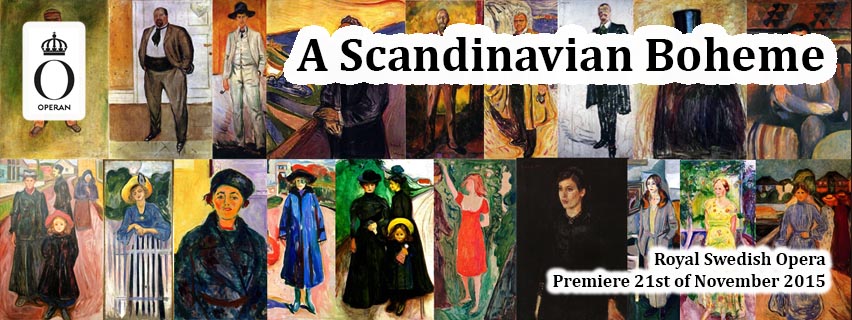

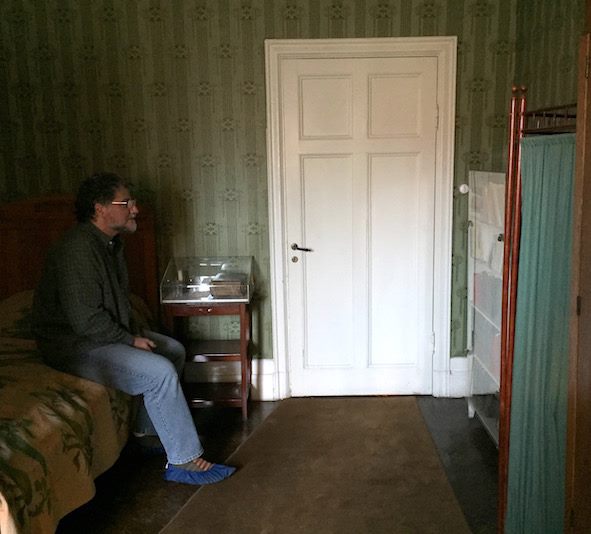


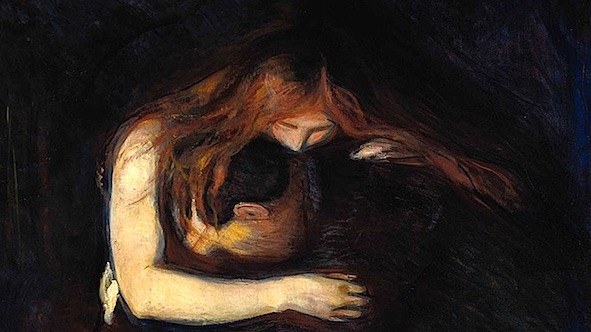


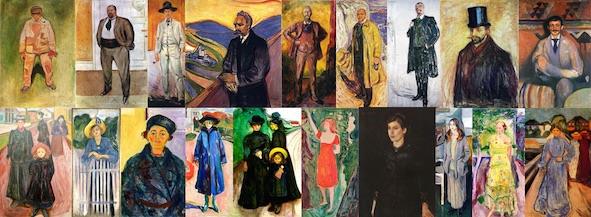

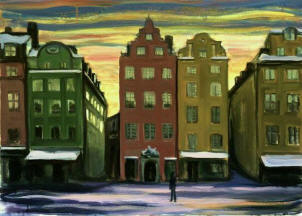

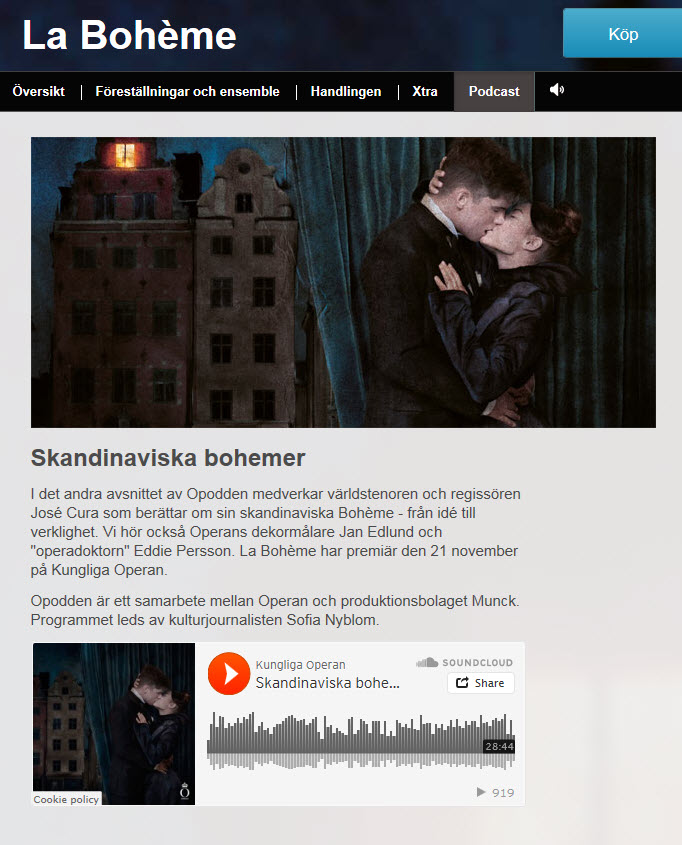
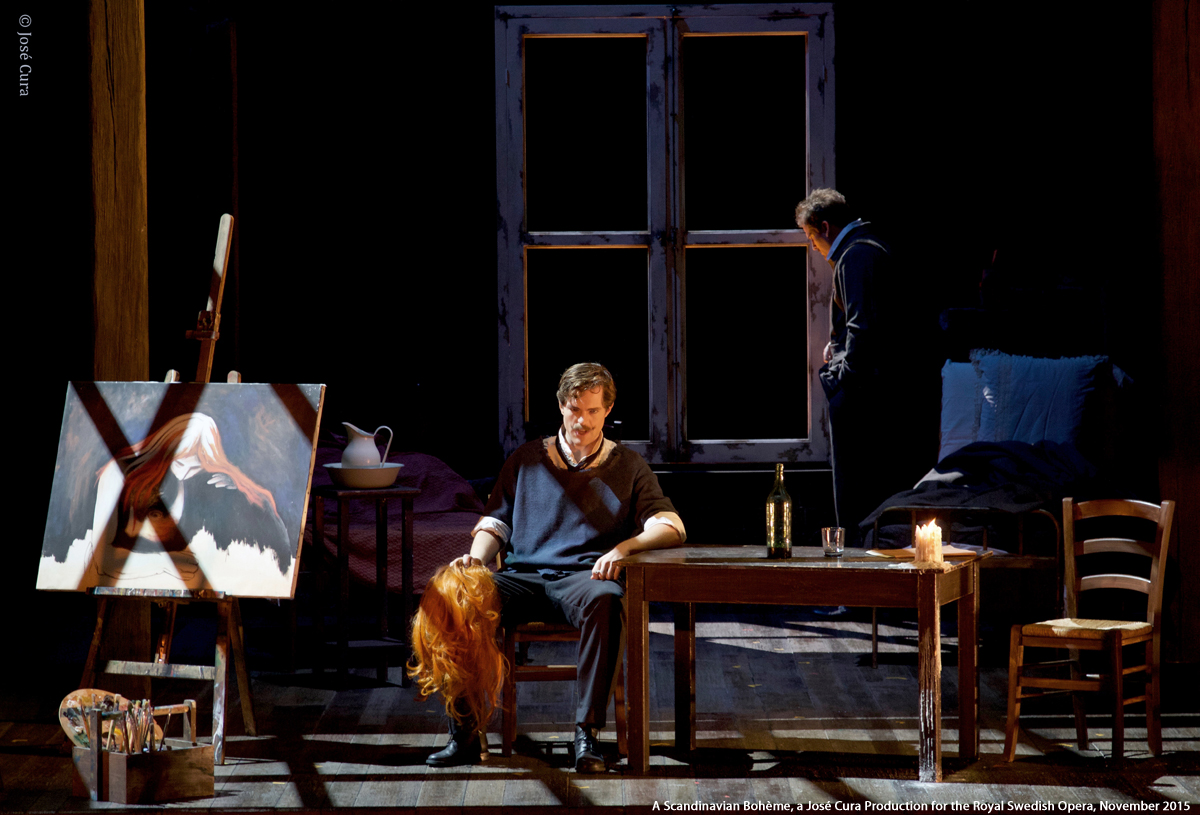
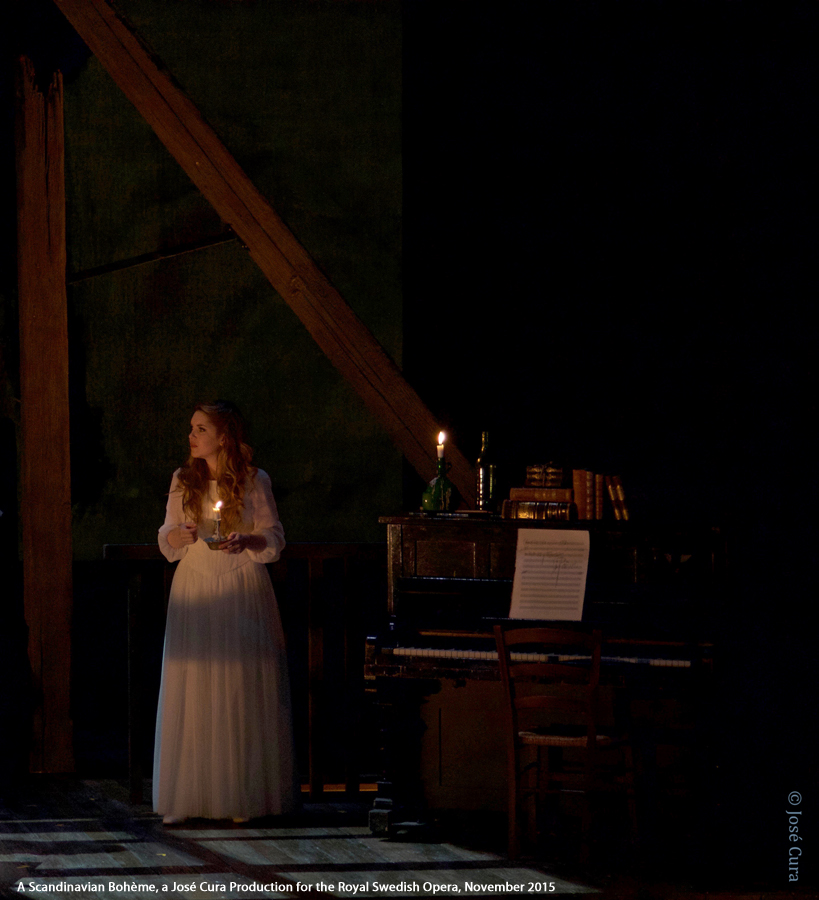
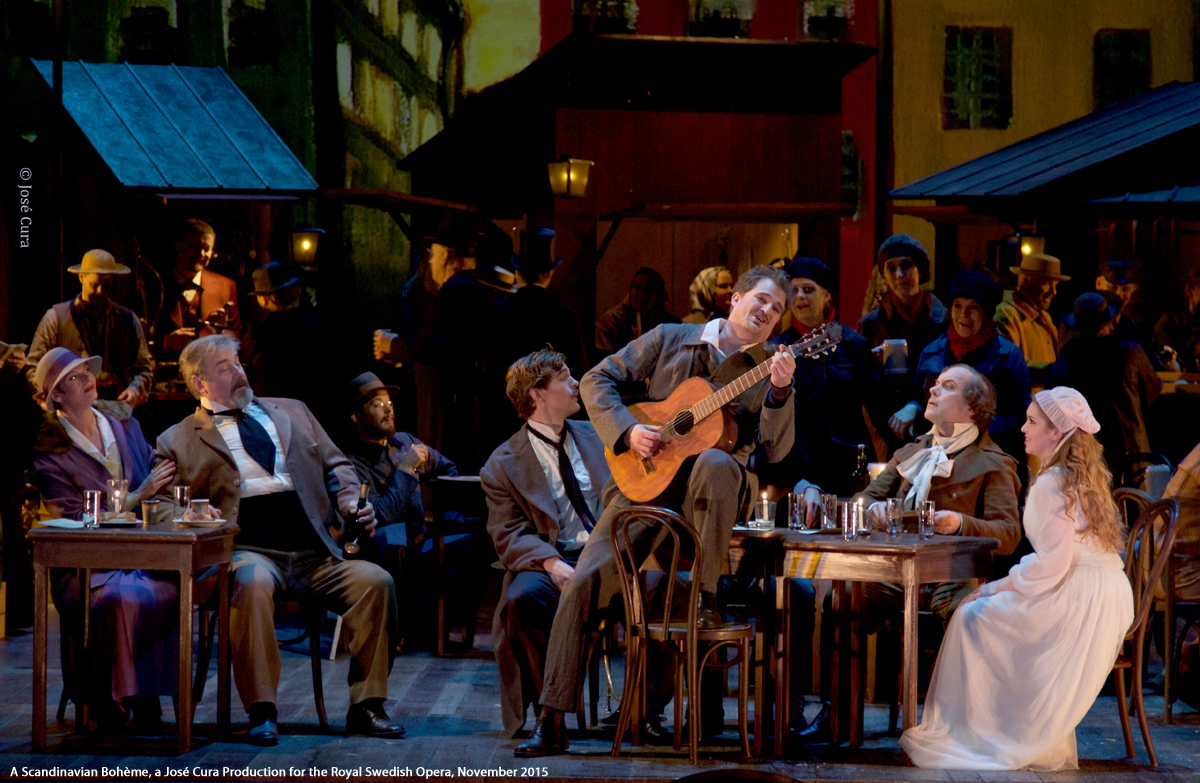
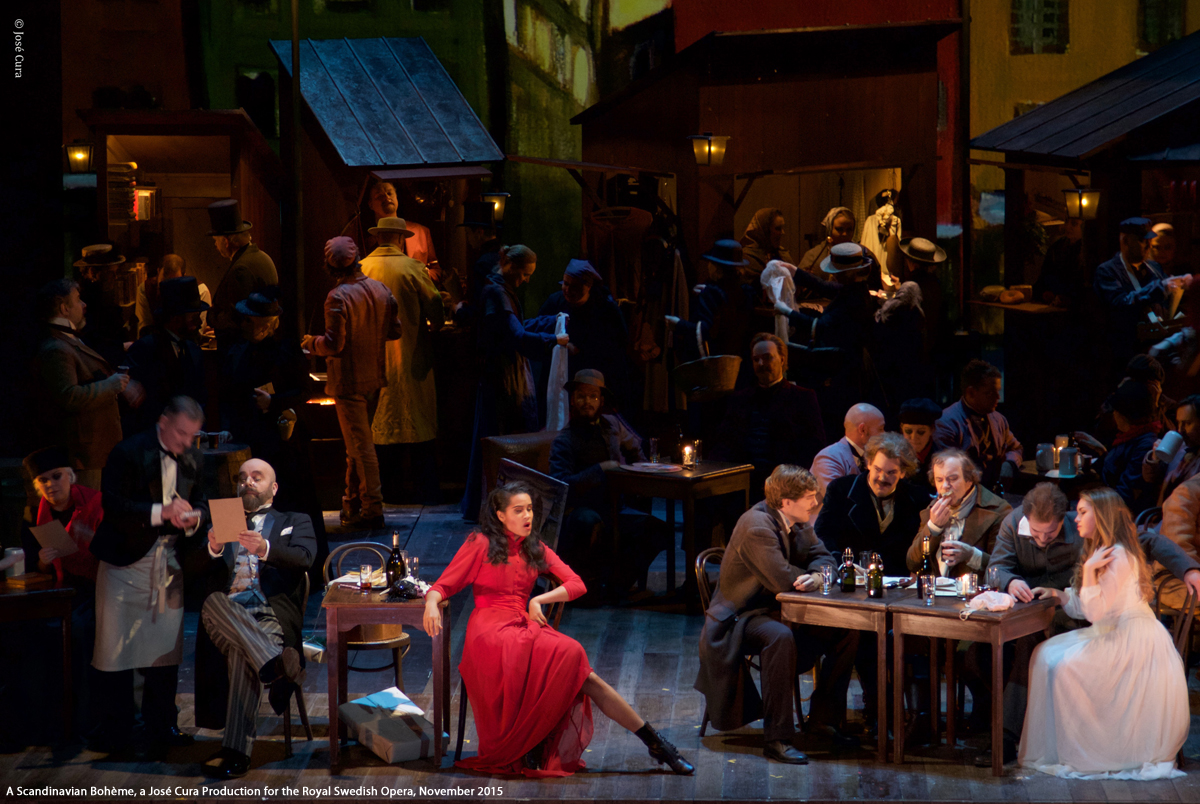
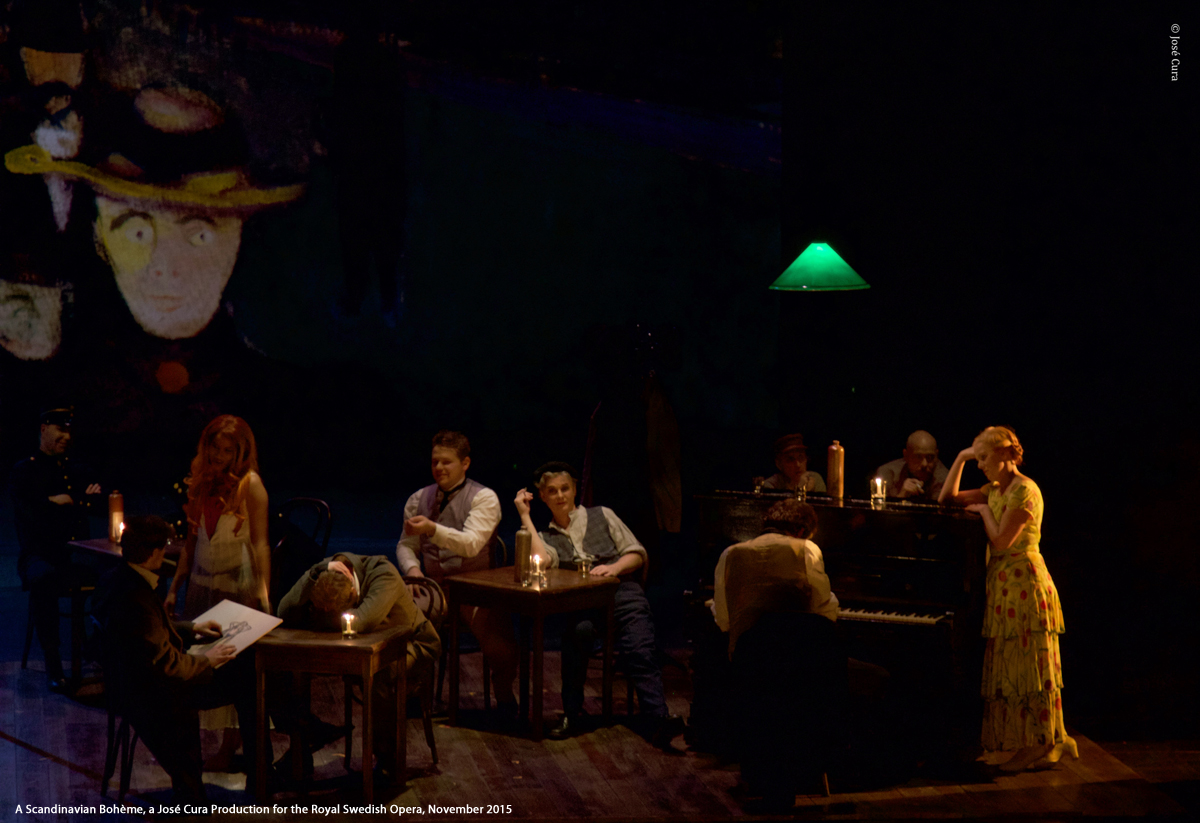
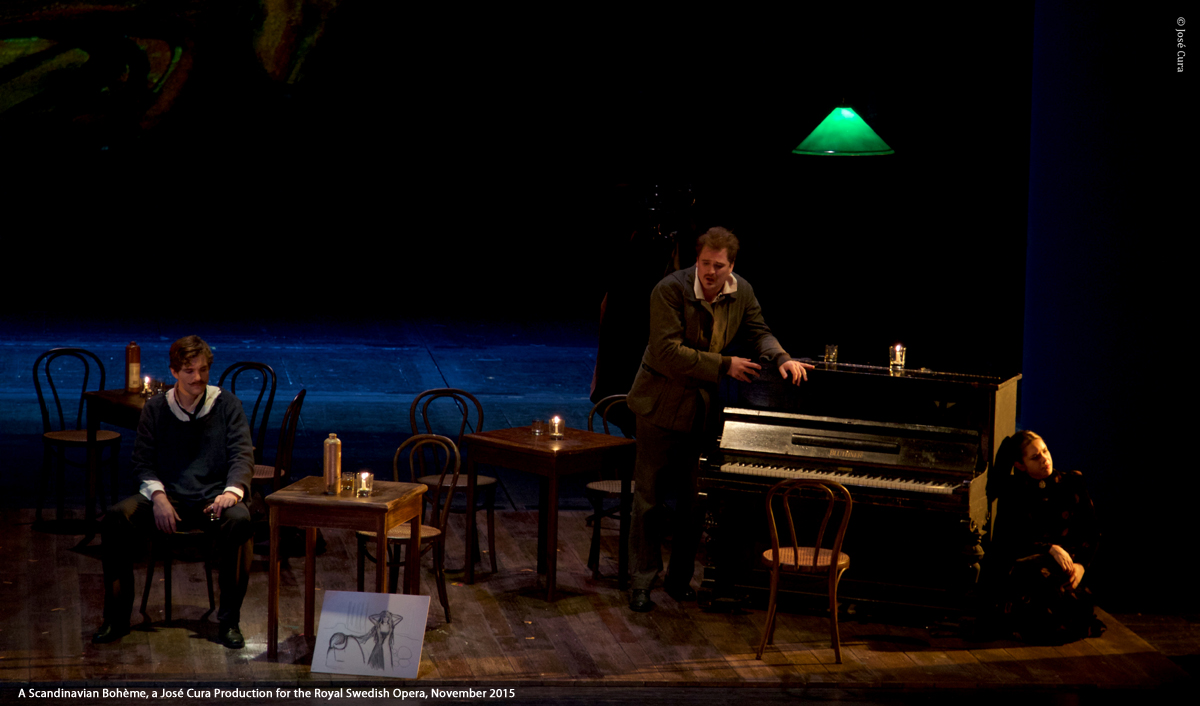

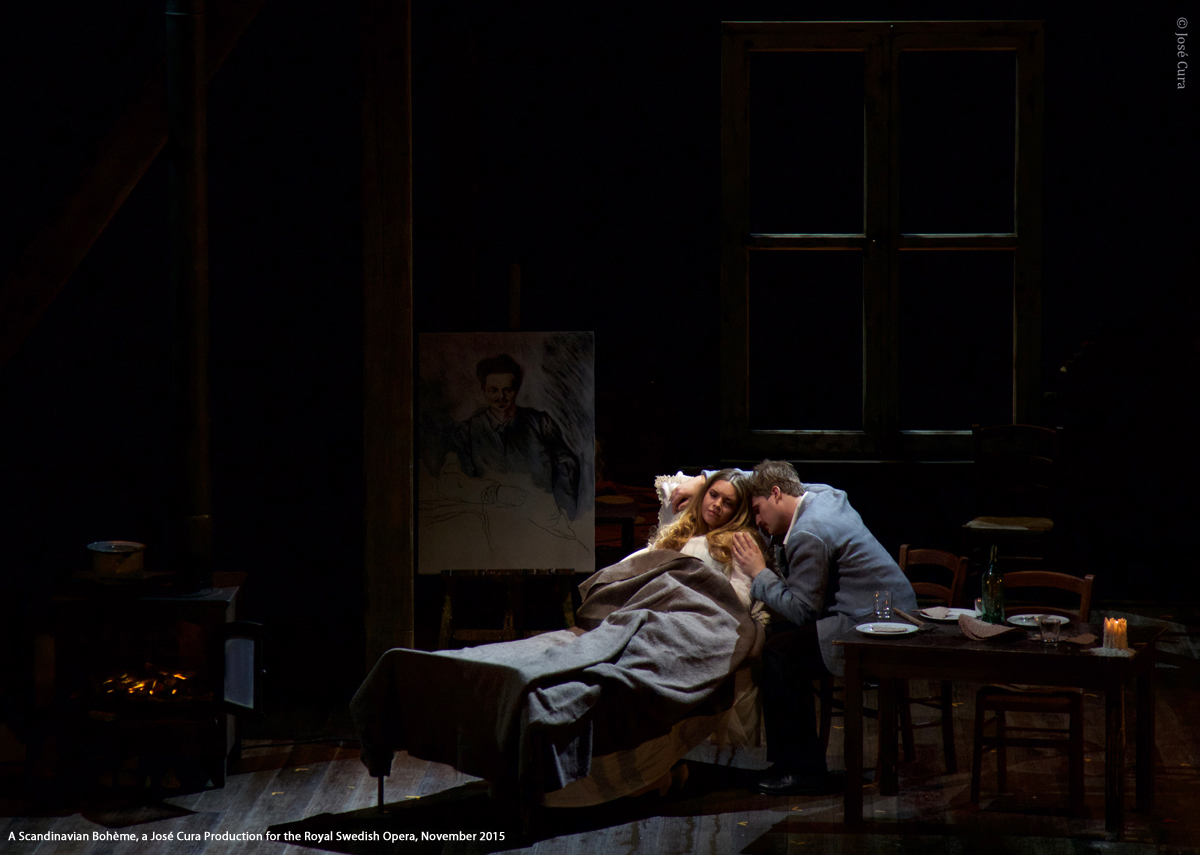
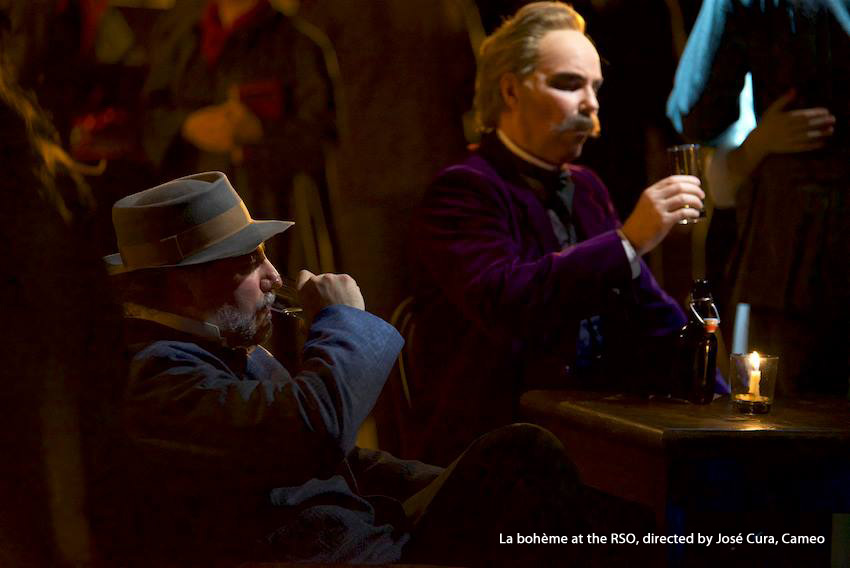
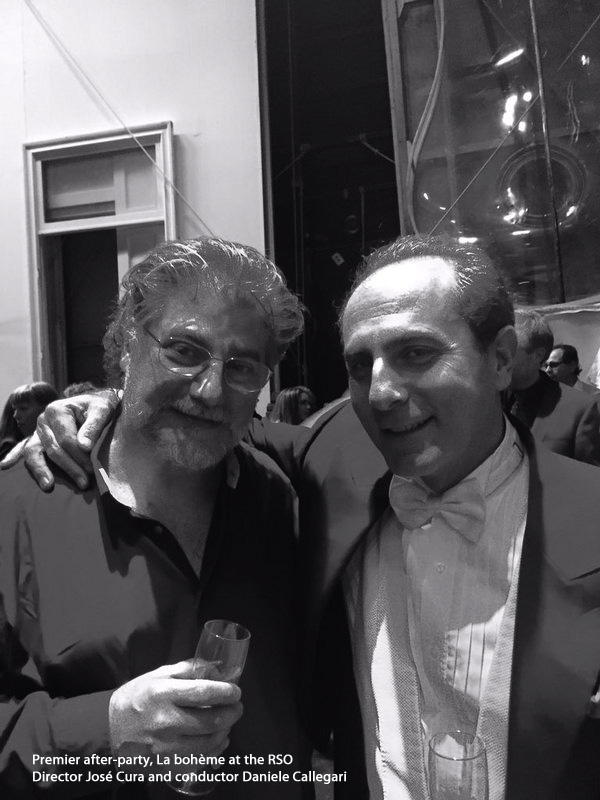
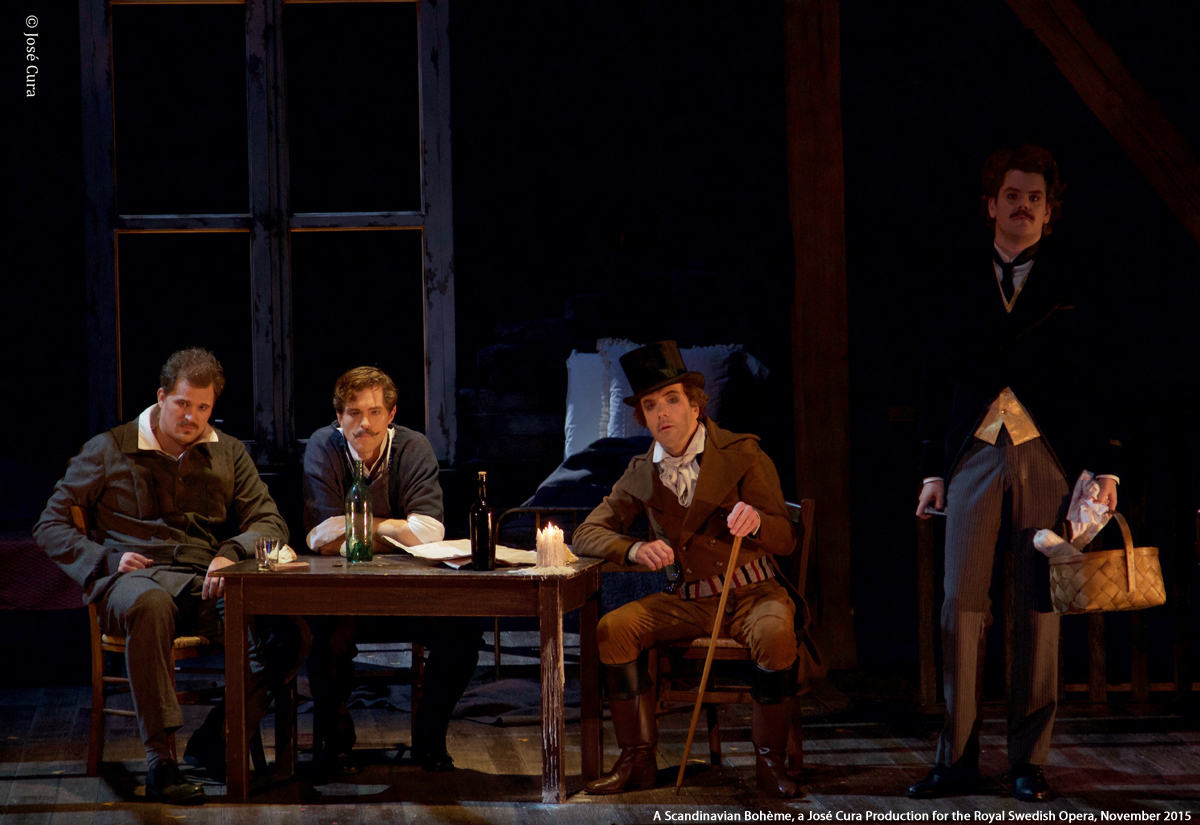

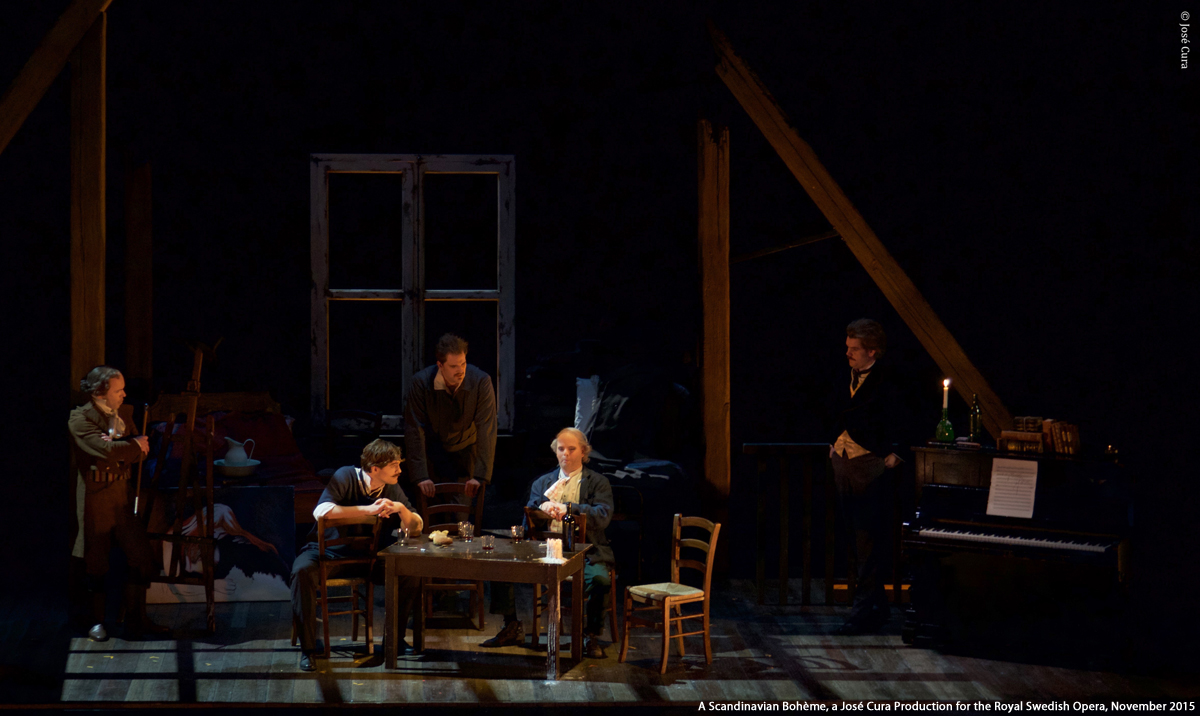
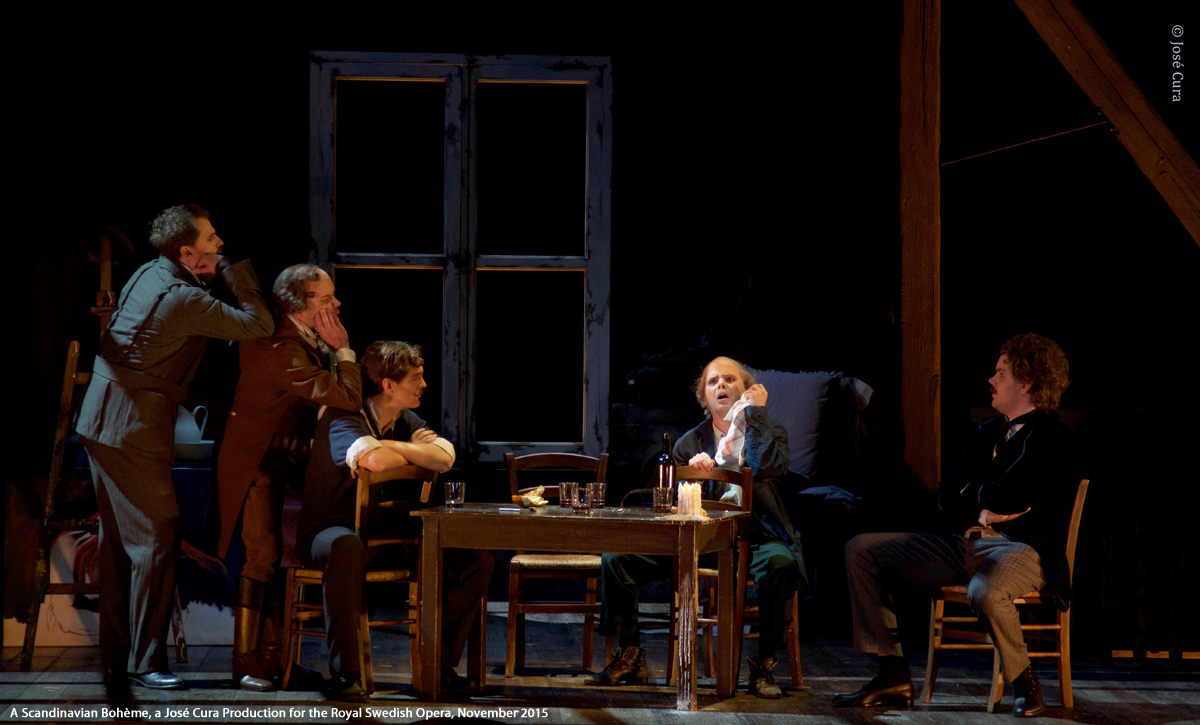

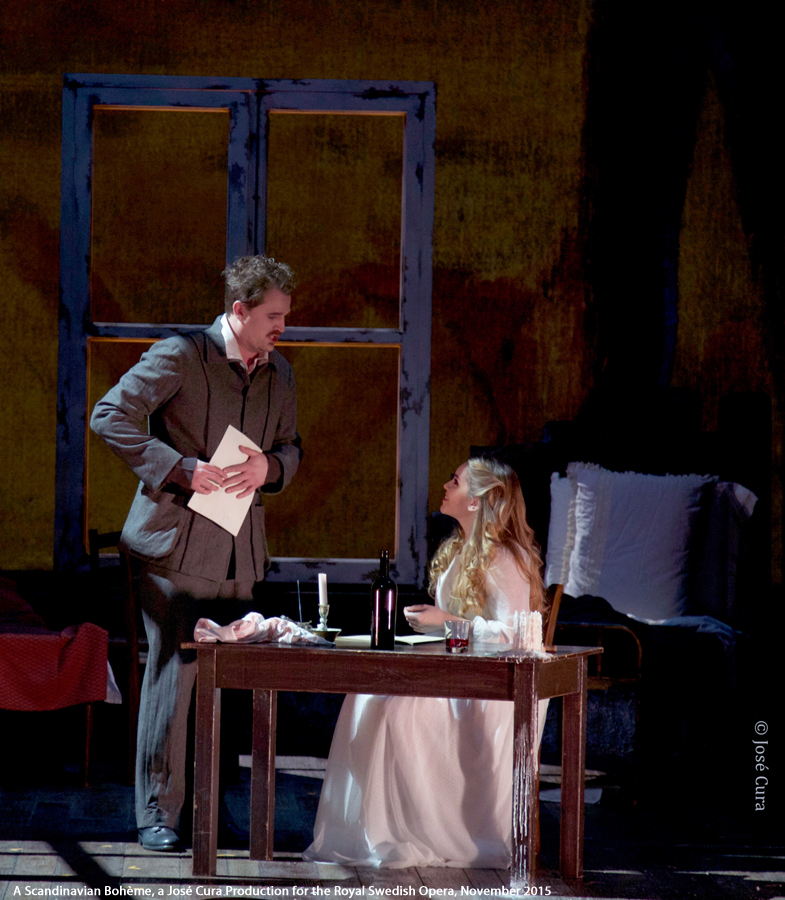
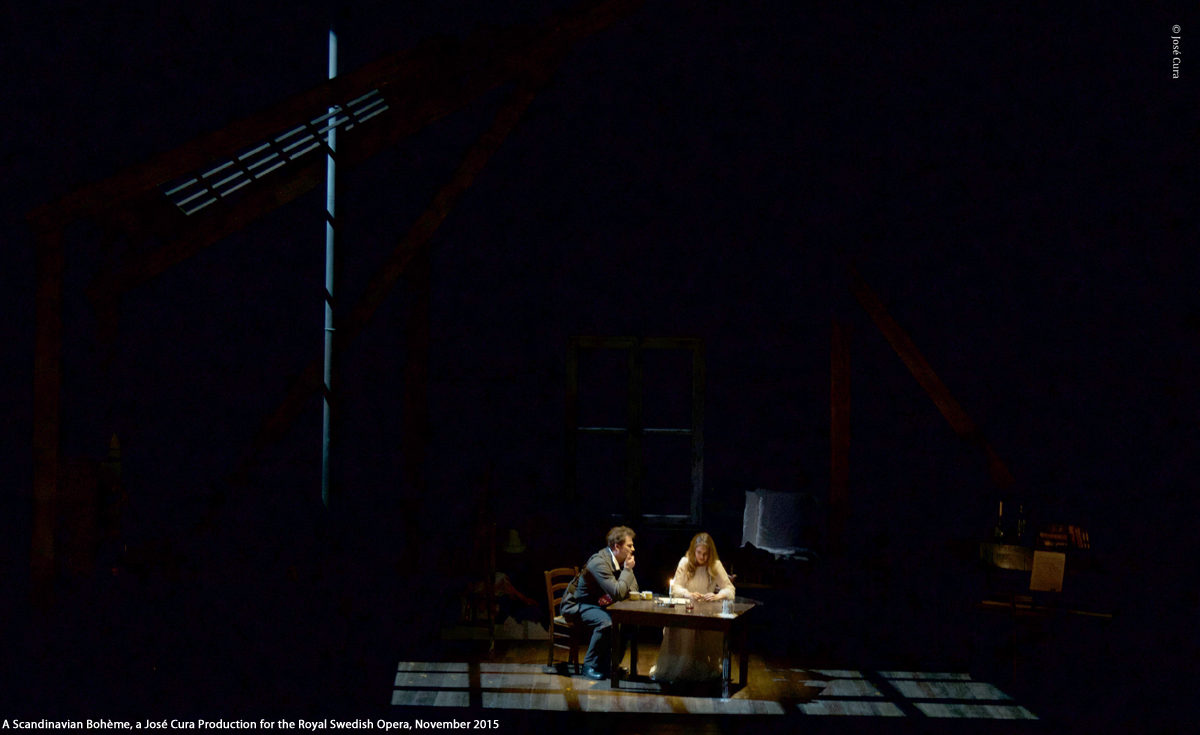
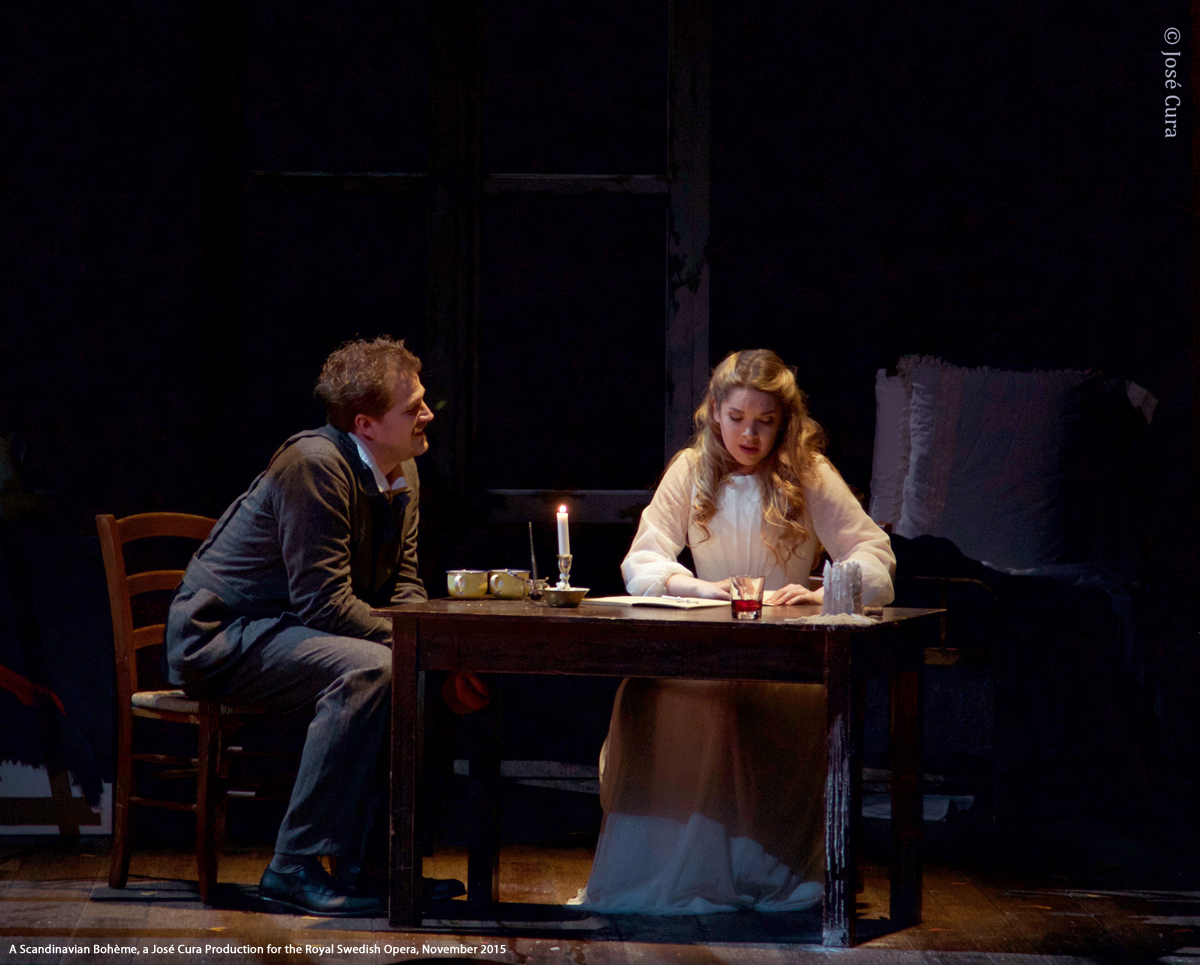
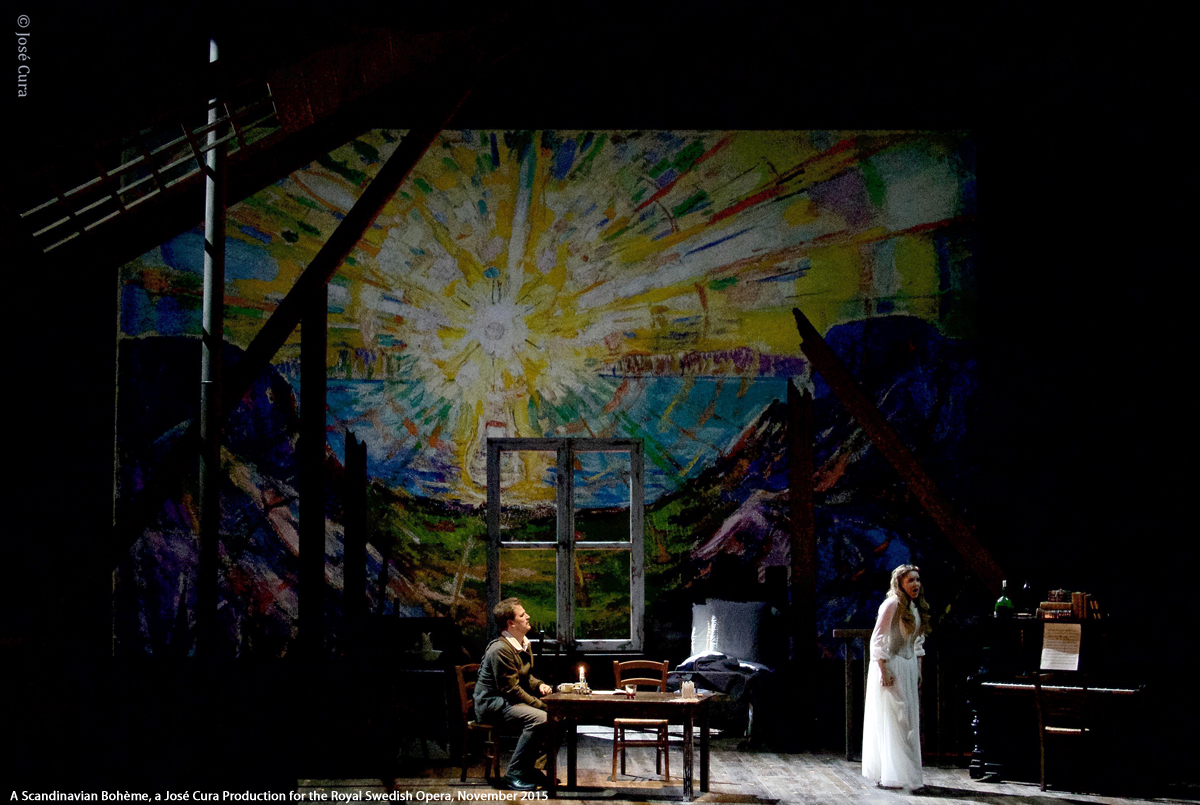
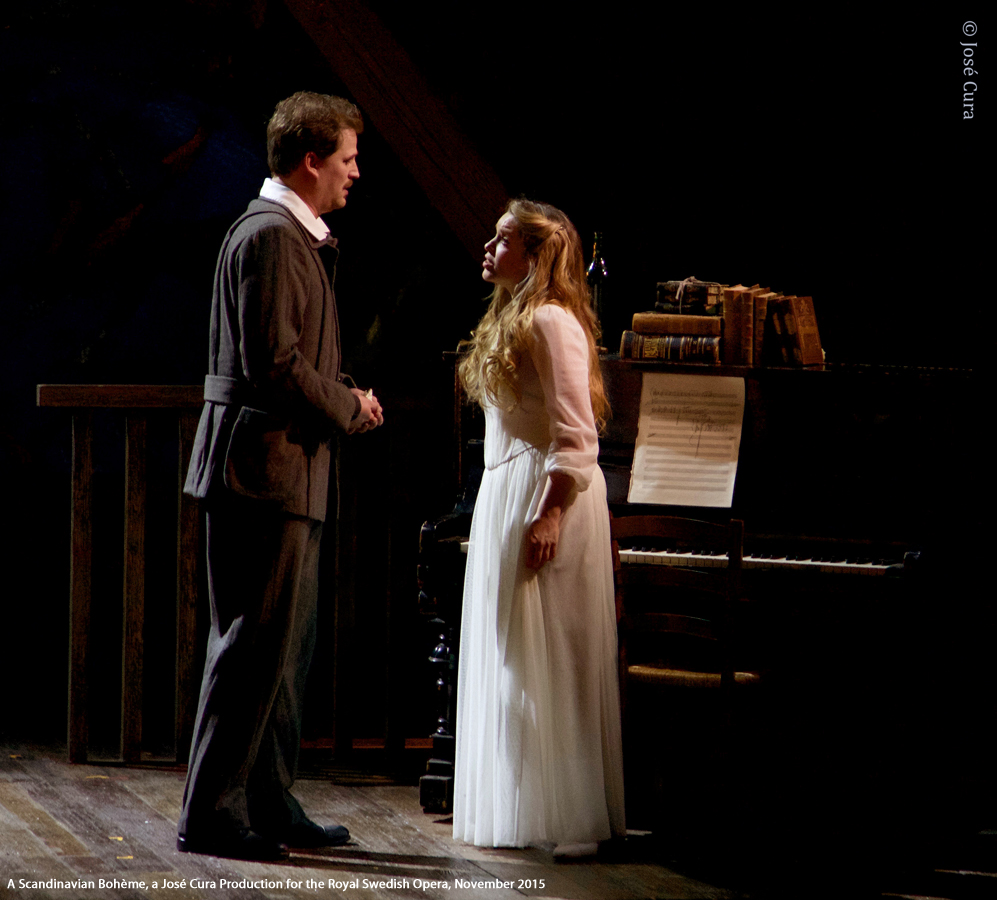
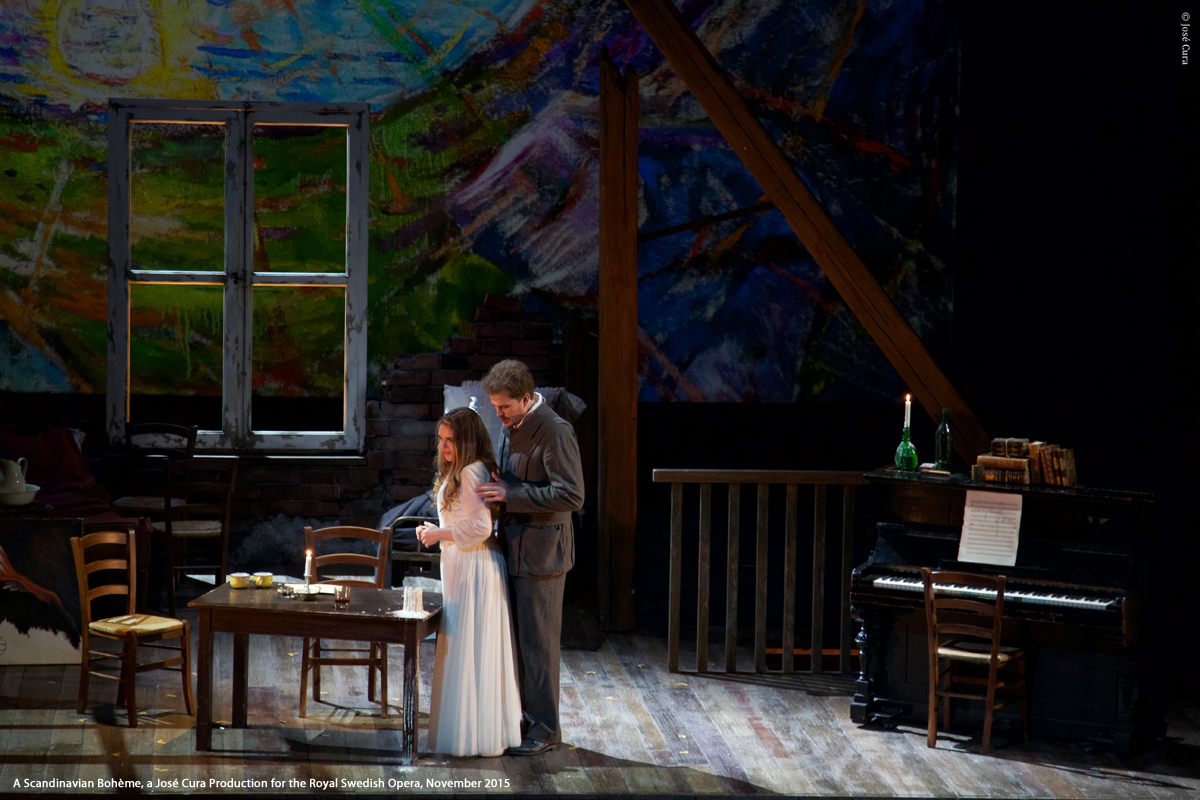
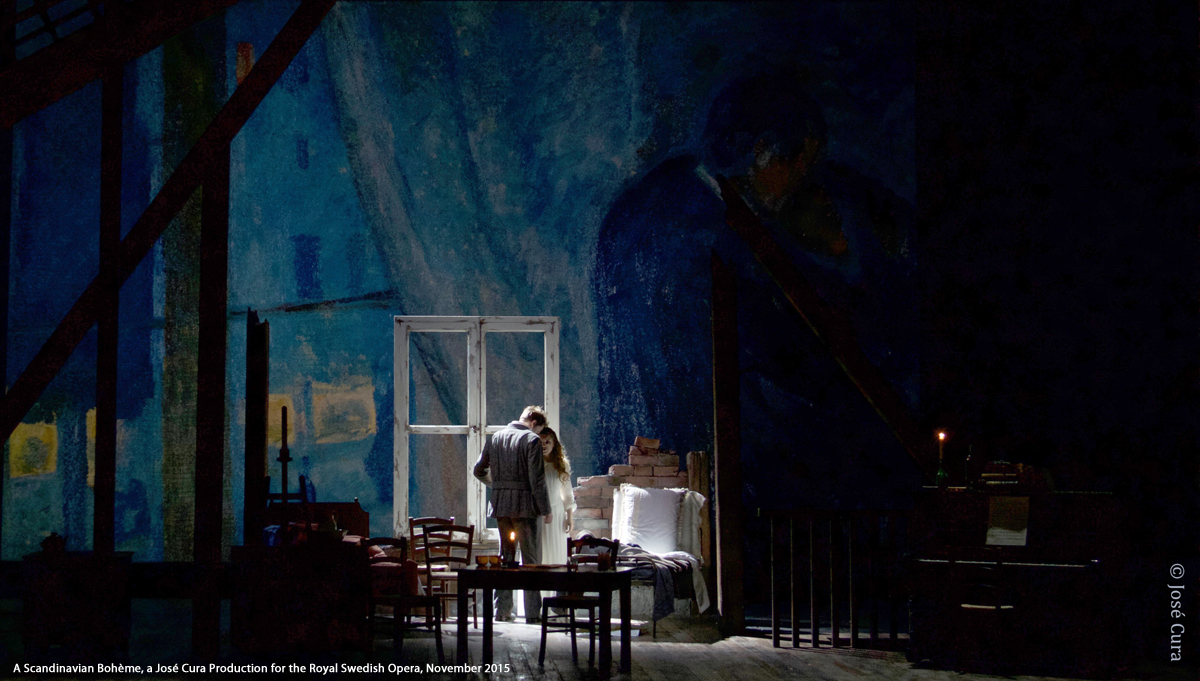
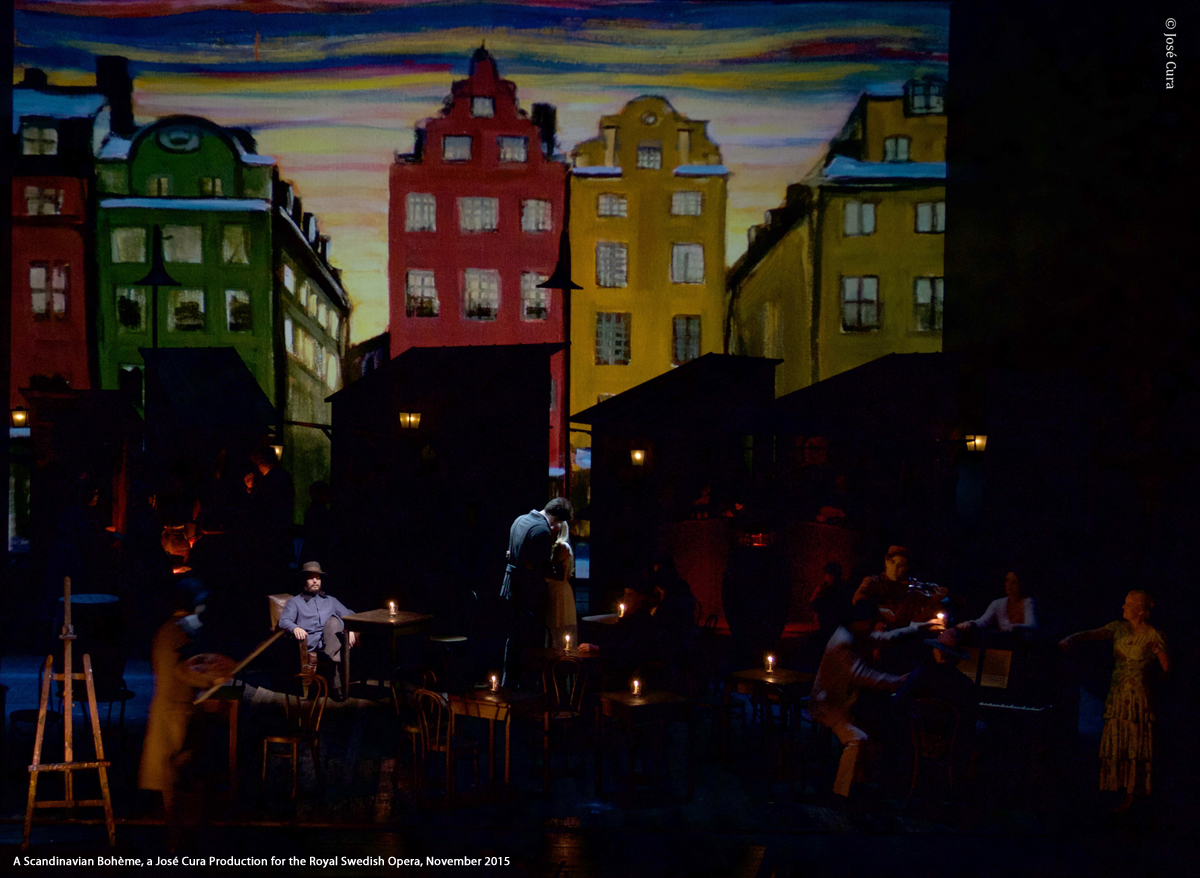
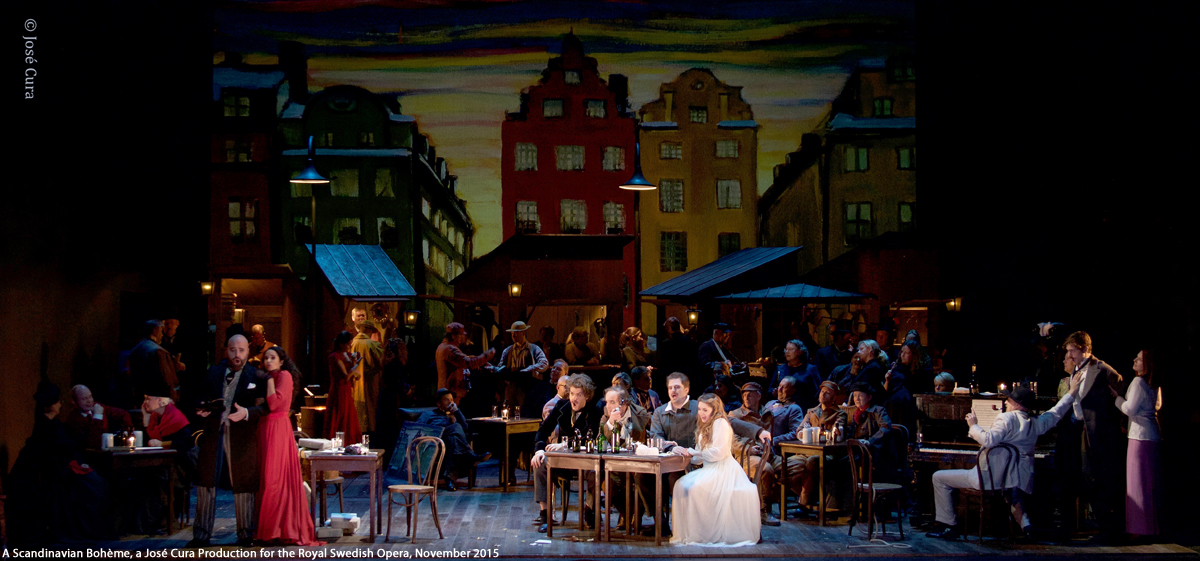


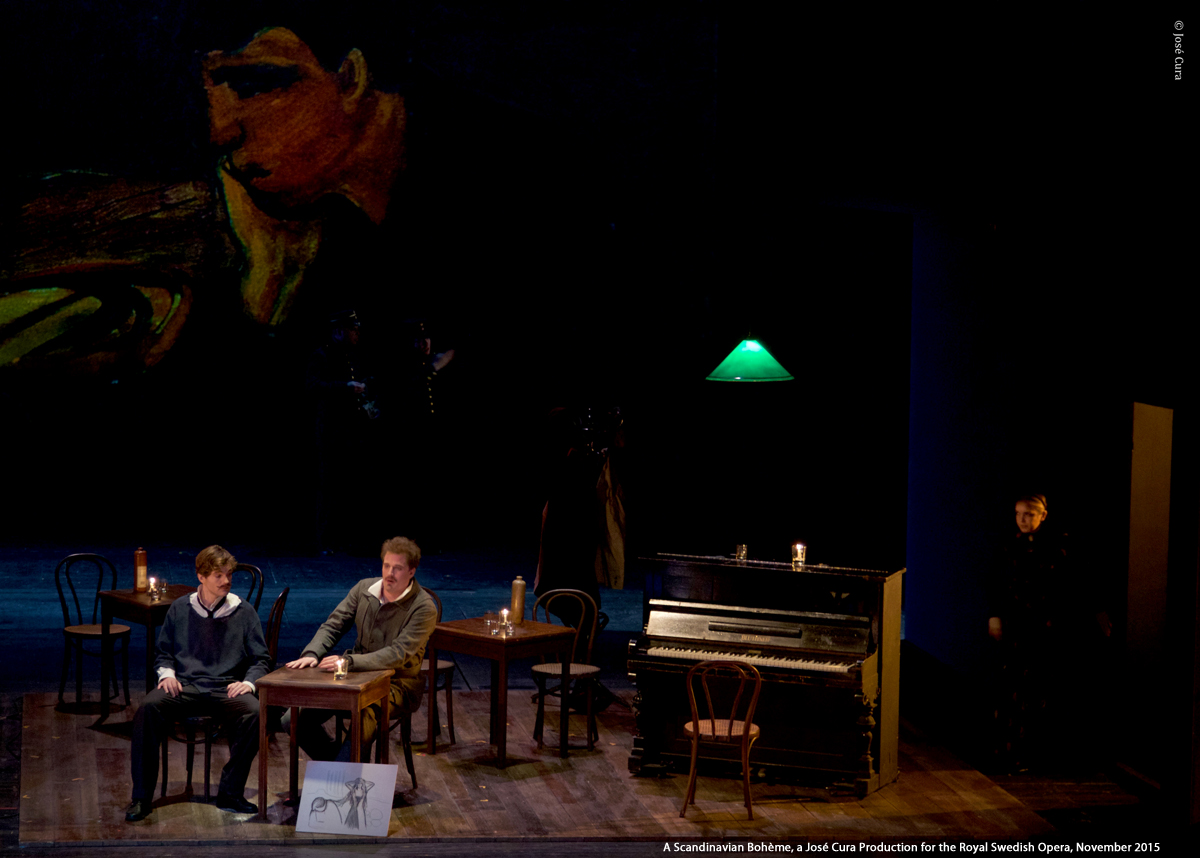



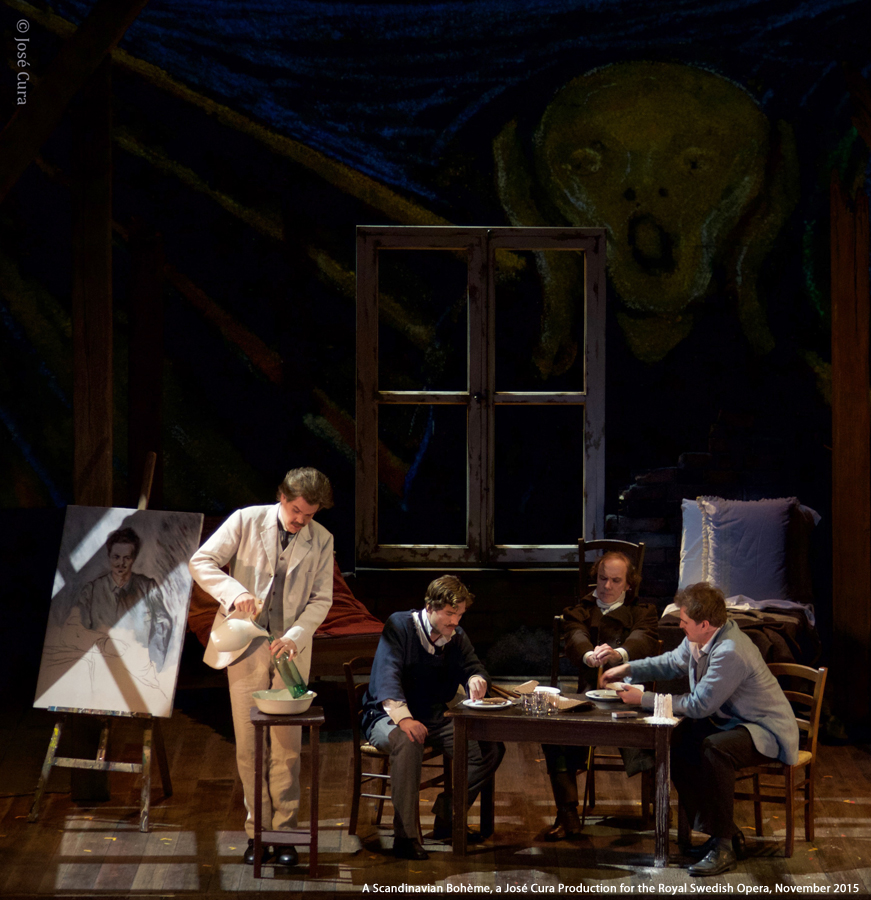
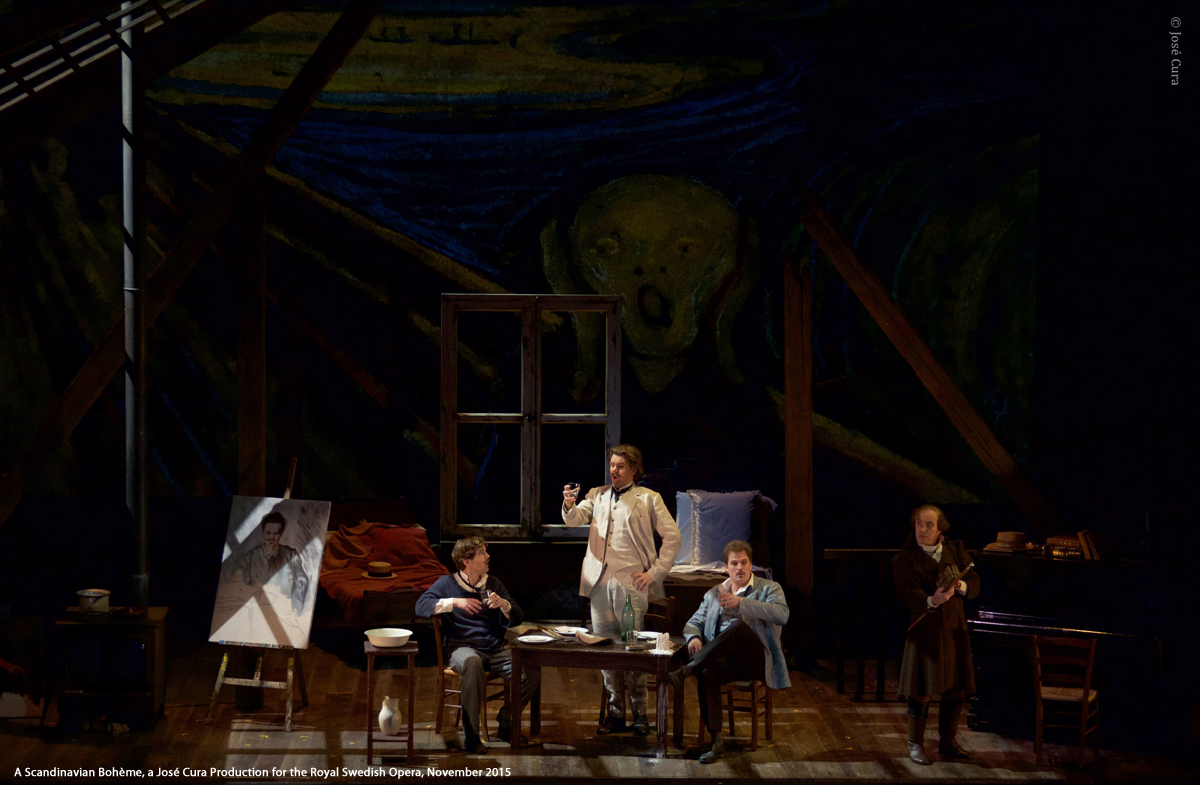
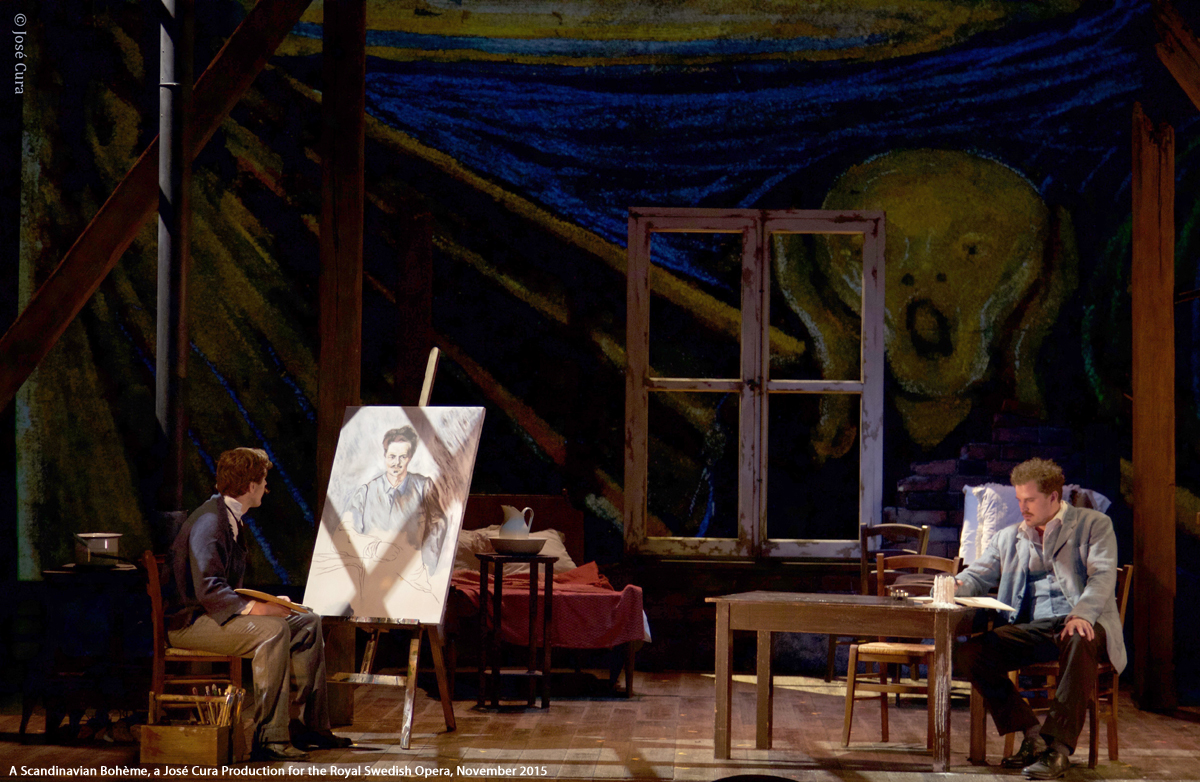

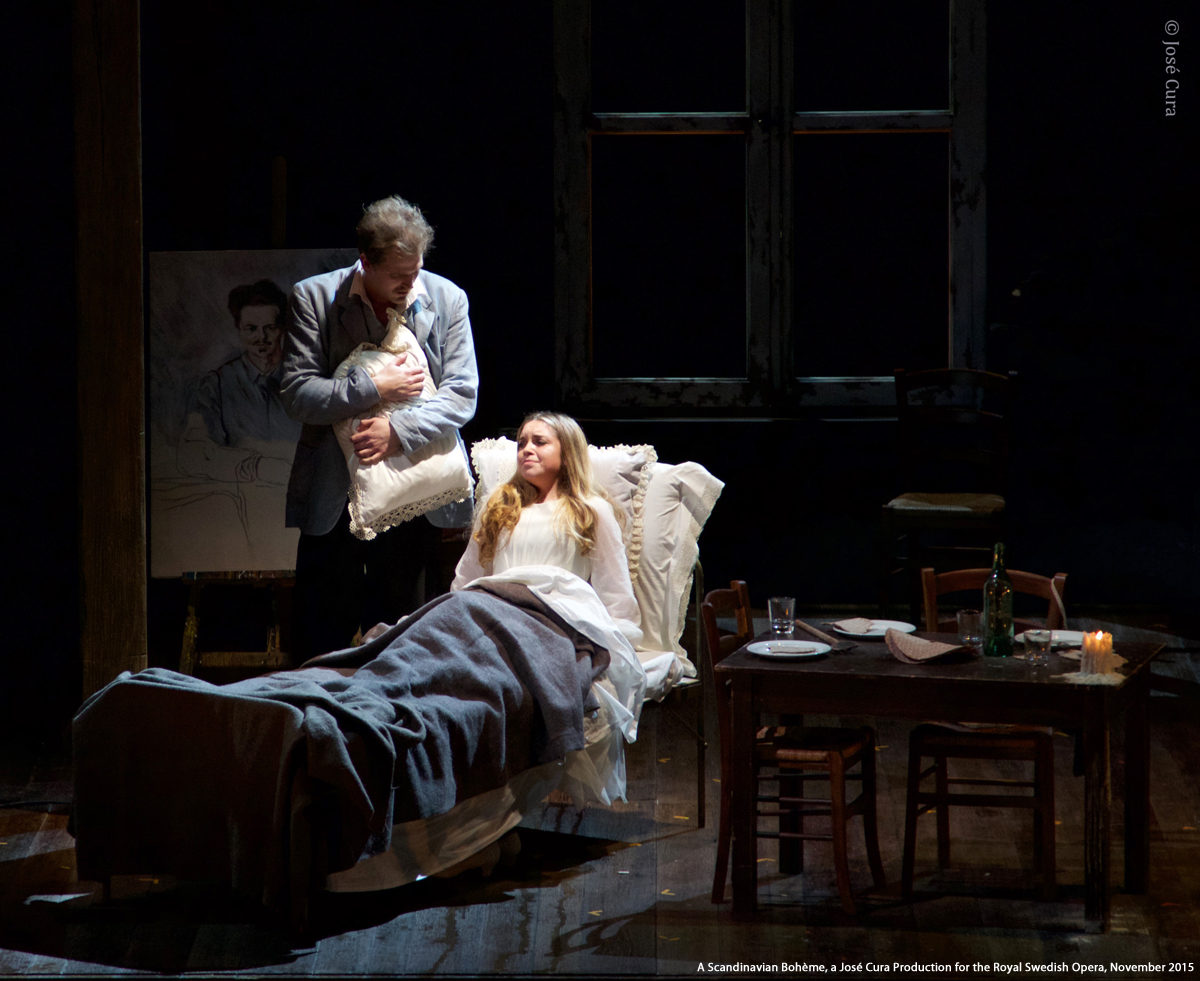
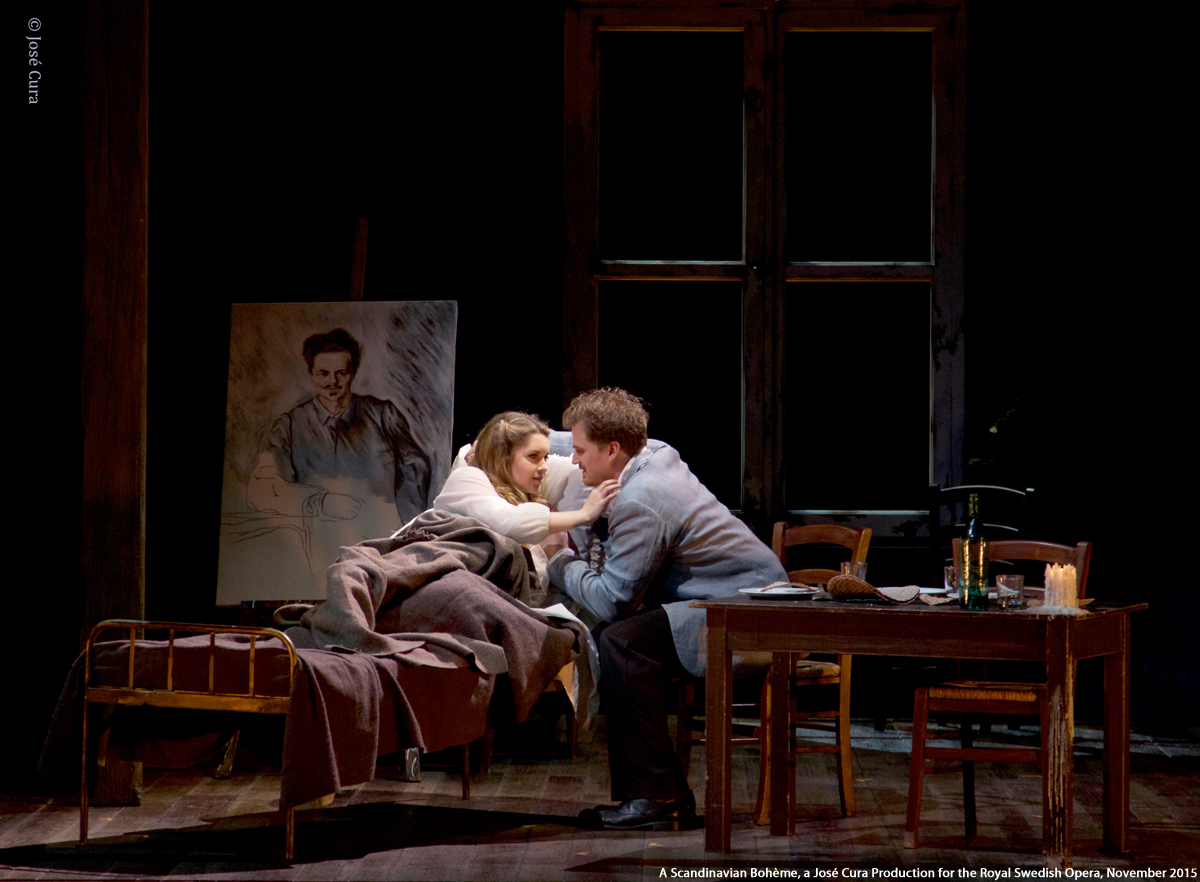
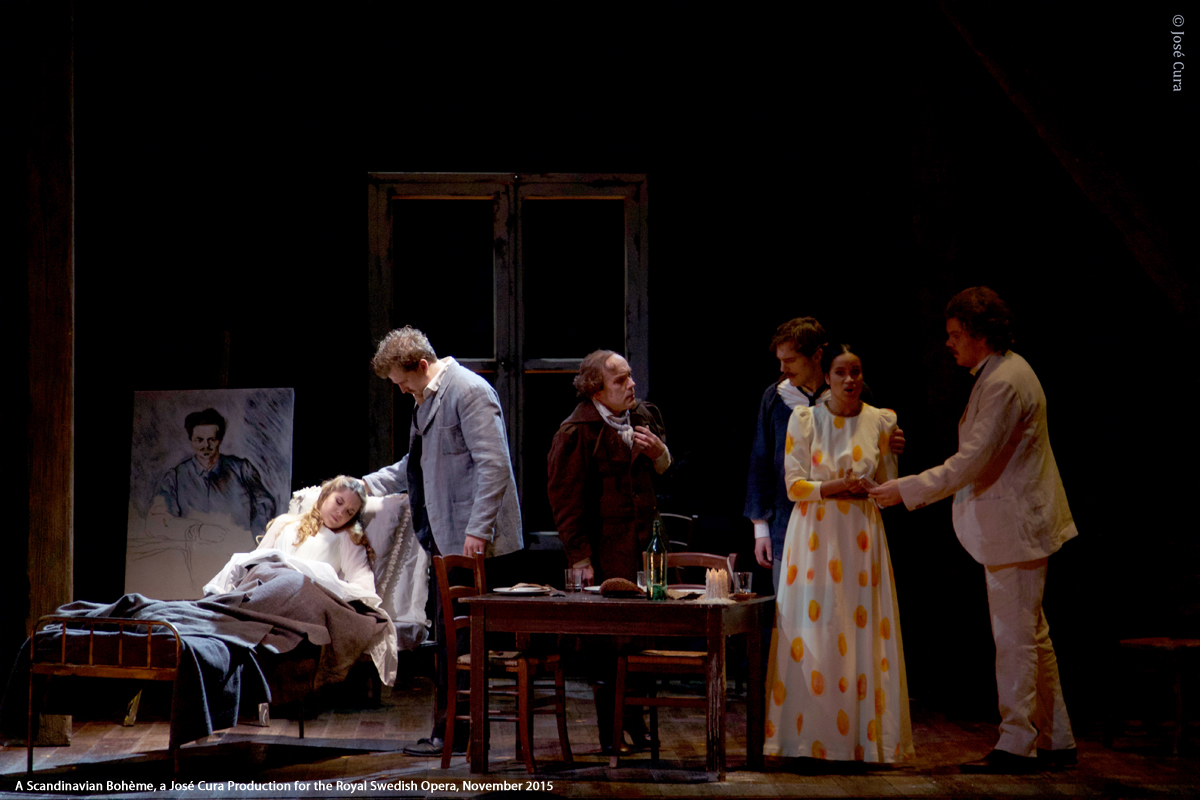

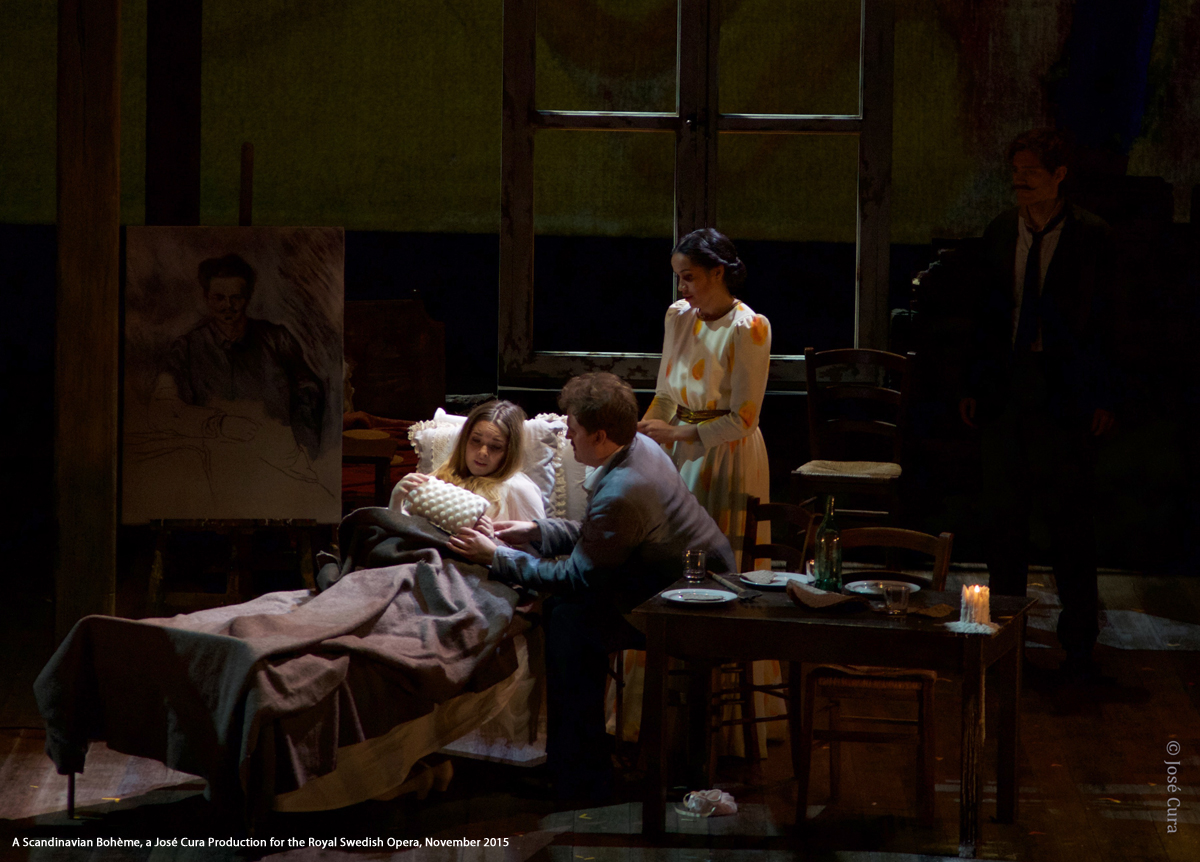
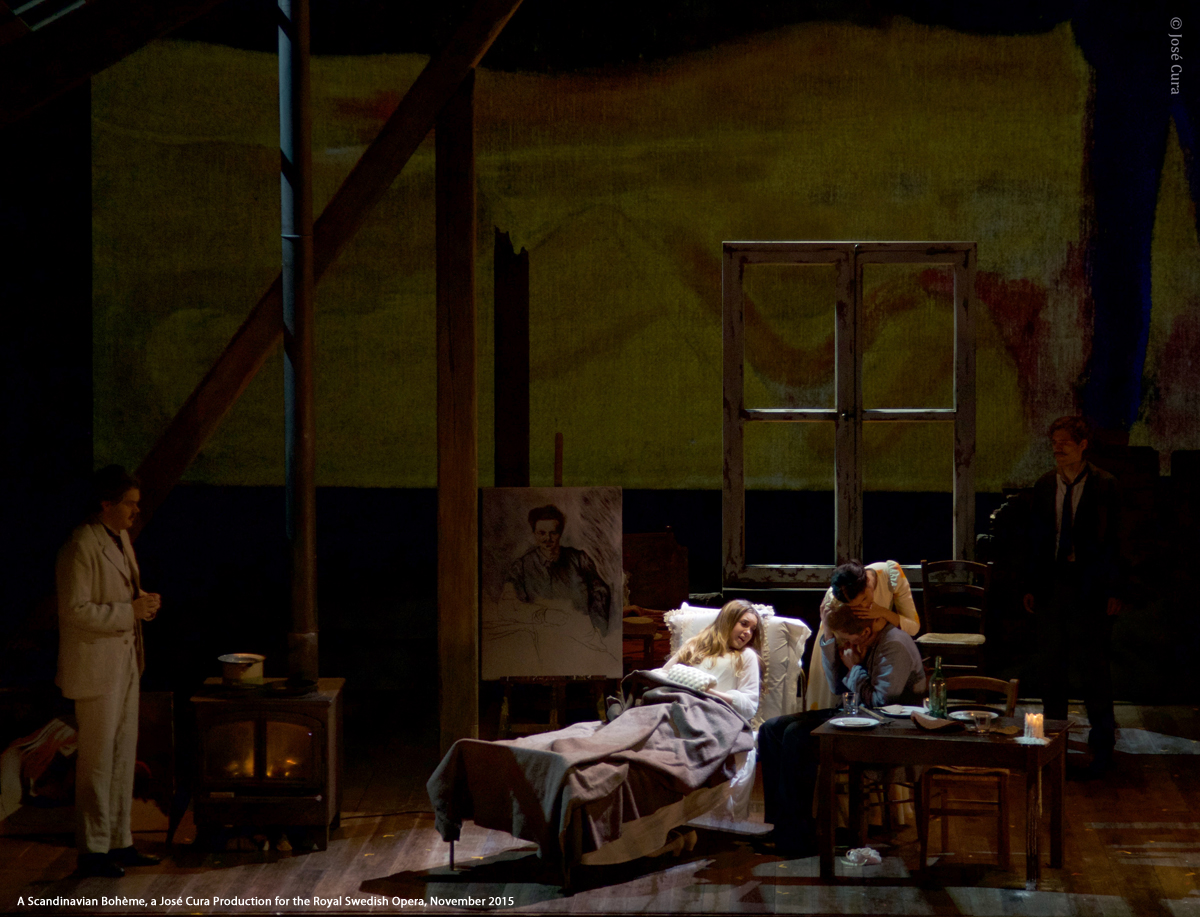


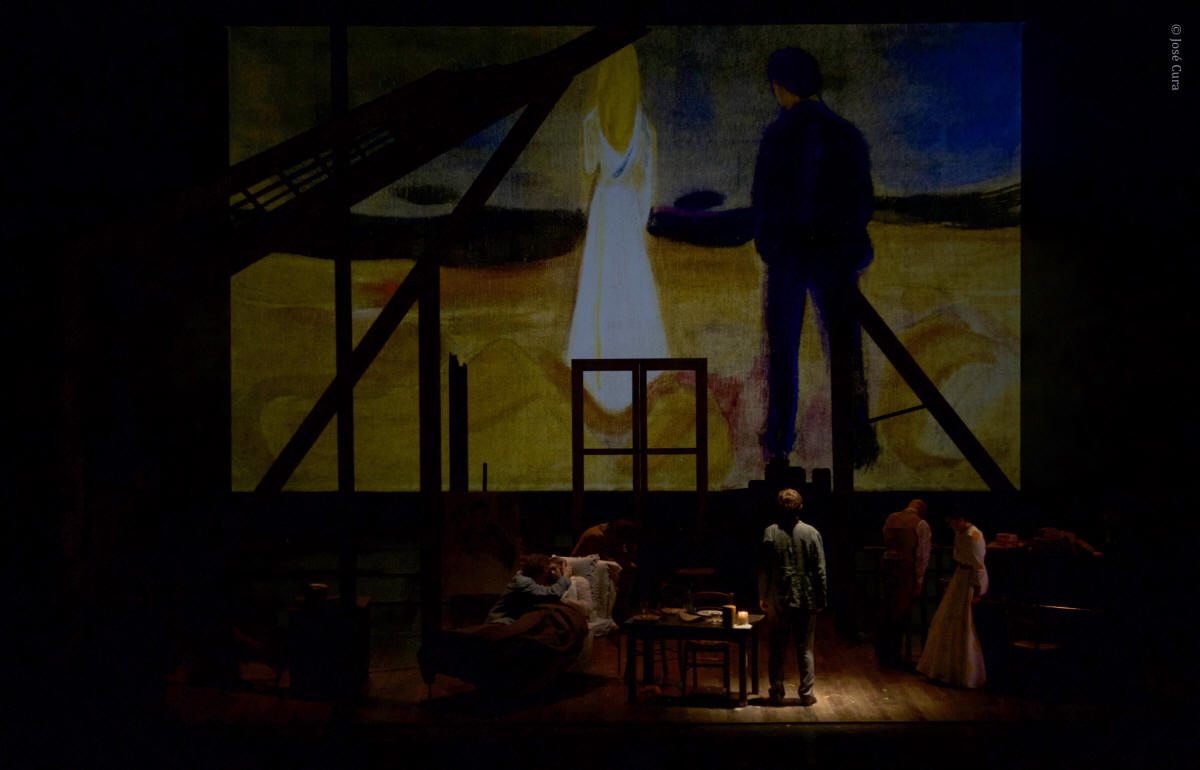
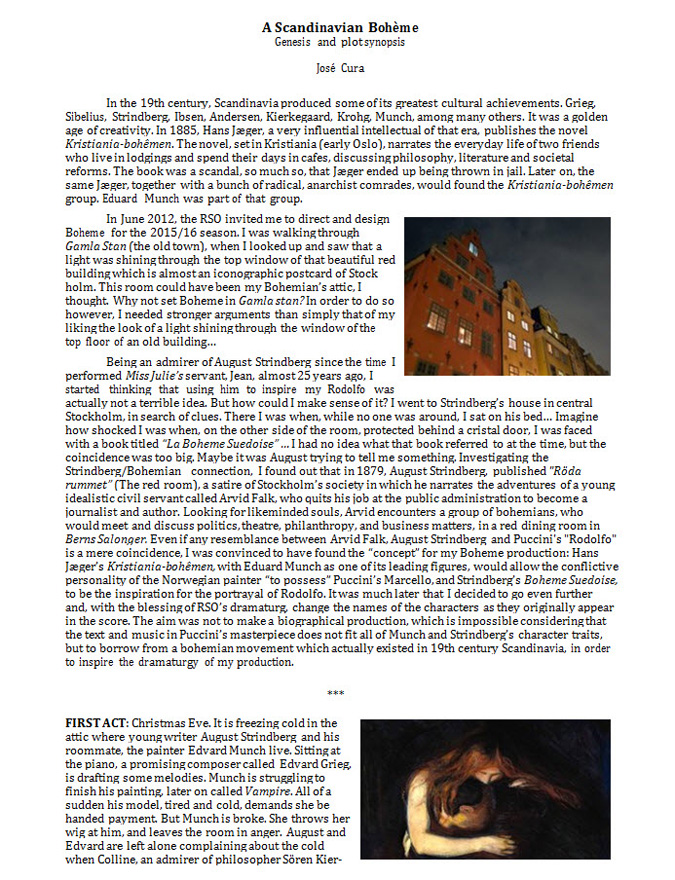


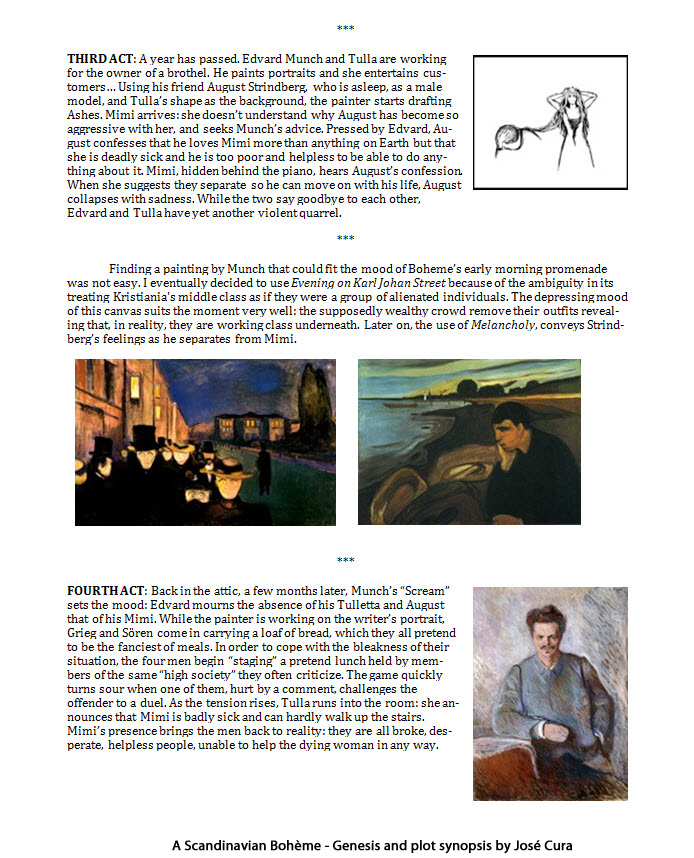
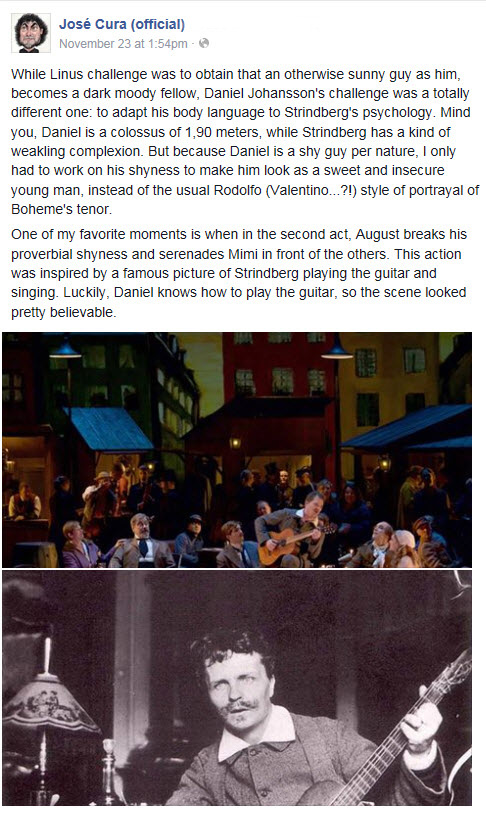
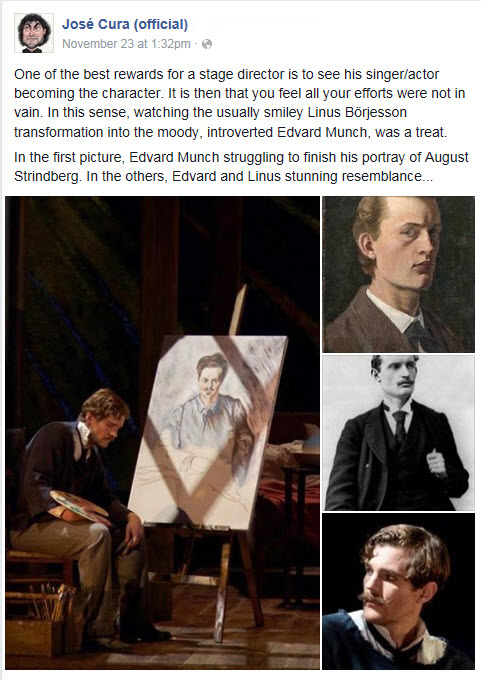

.jpg)

%202.jpg)